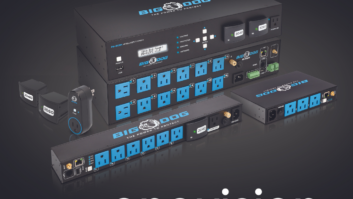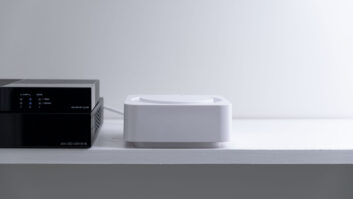
With Apple’s 2016 Worldwide Developer Conference scheduled to kick off June 13, the famed Apple rumor mill has begun to grind into motion. One of the stories circulating this year is the impending release of a standalone HomeKit control app baked into iOS 10. This is welcome news for HomeKit users, and an all-too-rare sign of life from Cupertino’s smart home initiative.
When HomeKit was first announced back at WWDC 2014, many people saw Apple’s entry into the connected home as a potential game changer. Since the release, however, momentum has completely failed to materialize. This frustratingly slow pace has initiated speculation about the viability of a true consumer-grade DIY smart home. After all, if a company like Apple can’t crack that nut, then who will?
Further fueling this speculation has been a series of well-publicized stumbles from a host of prominent connected home initiatives. Nest serves as the best example. Stories of tyrannical micromanagement and indecisive leadership have been the order of the day. Nest has done nothing of significance since being acquired by Google in 2014 for a staggering $3.2 billion. The company also took a lot of flak for the recent shutdown of the Revolv home automation hub, which it acquired back in 2014.
Negative press surrounding Apple and Nest may be sufficient cause for doubt, but it doesn’t stop there. Although less publicized, Samsung’s SmartThings initiative has seen its share of recent troubles as well. A series of server issues have left users without many critical functions. And a growing base of discontentment among the developer community can easily be observed by visiting their online community.
To top it all off, we’ve now heard rumors of the imminent demise of the Staples Connect home automation hub. Office supplies and home automation may have been an awkward match from the start, but the product was actually very well conceived. They had initiated a healthy ecosystem supporting products from companies like Lutron, Honeywell, Nest, Z-Wave, and more. And their backend was run by Zonoff, a premier white-label smart home technology provider. In spite of early momentum, however, all signs indicate that Staples will soon pull the plug on this product.
In light of recent circumstances it would be easy to dismiss outright the ambitions of large tech and retail companies looking to play in the smart home sandbox. But that would be folly. When looked at as a whole, these developments seem to indicate an altogether flawed vision. Looking at each initiative in isolation, however paints a different picture. What we’re witnessing is little more than growing pains. In short, don’t bet against them.
It’s easy to forget that Nest (i.e. Google), Samsung, and Apple respectively are at most only about two years into their connected home forays. And mainstream awareness of the consumer-grade connected home is in its infancy. This market is too big a target to be ignored. With so much at stake it’s hard to imagine any of the aforementioned companies will throw in the towel. It’s far more likely that they will continue to methodically iterate and improve on their current offerings. It will be up to us home technology professionals to strategize and position our respective businesses accordingly.







